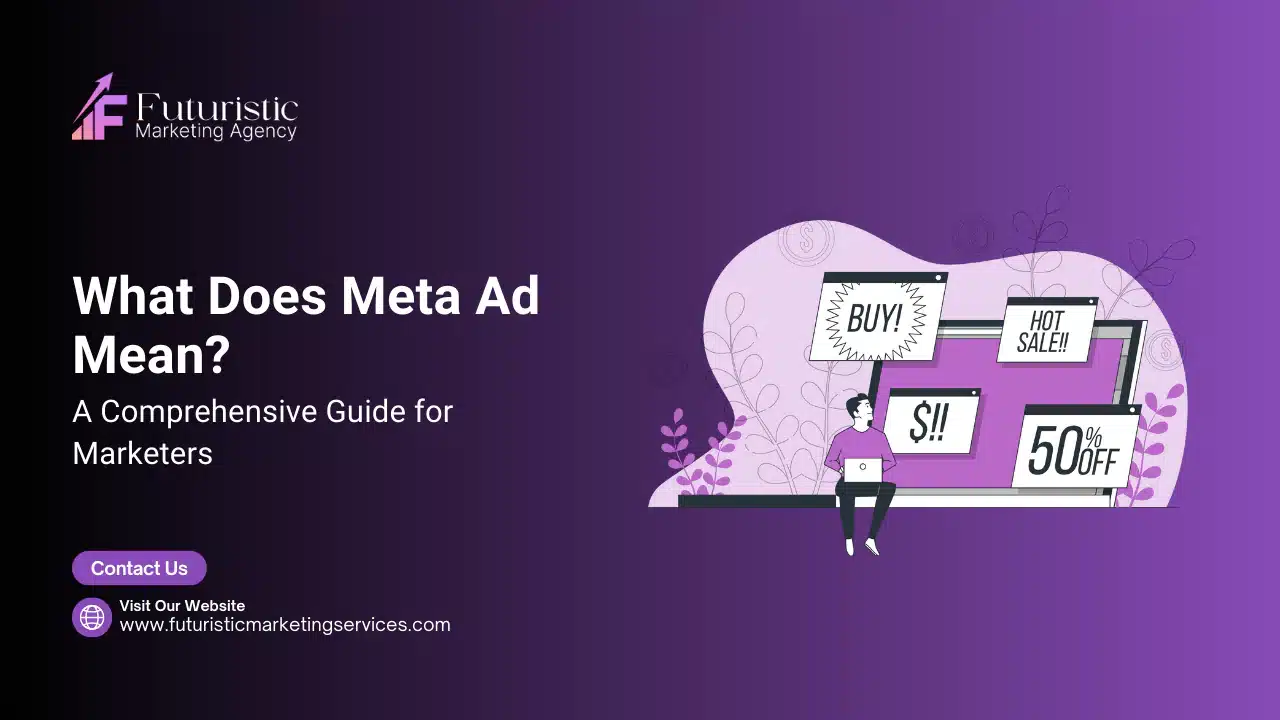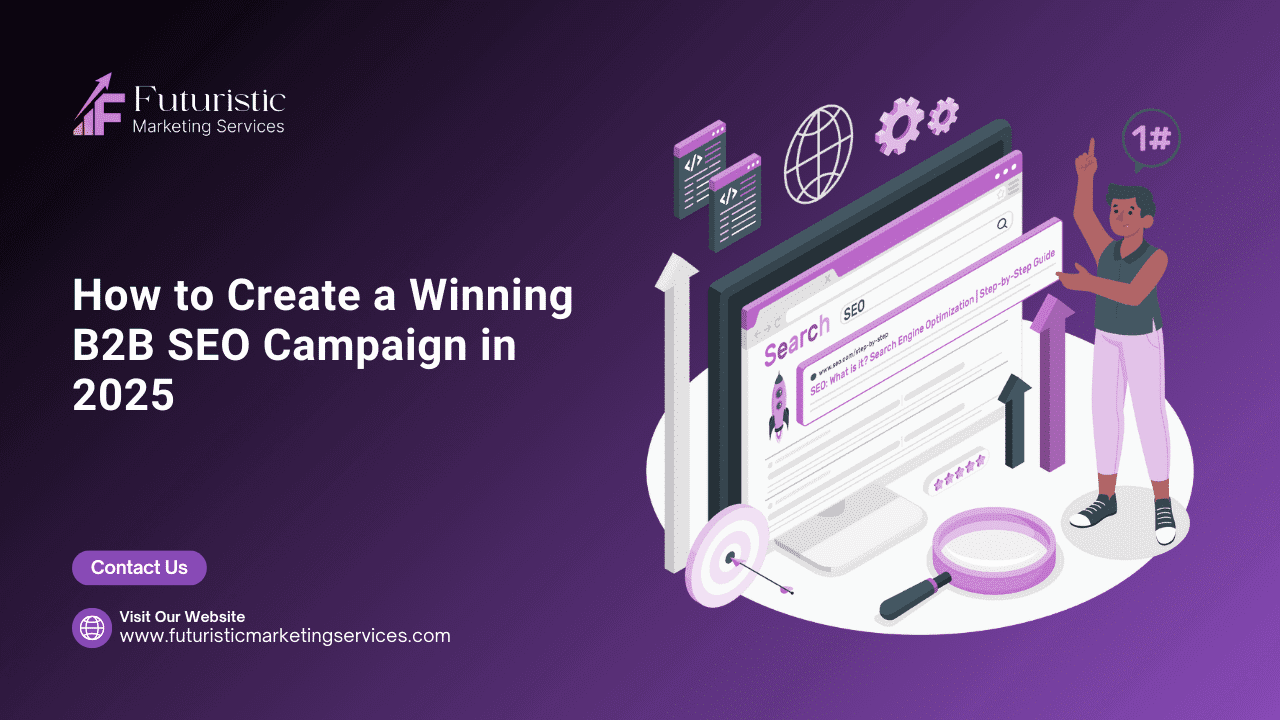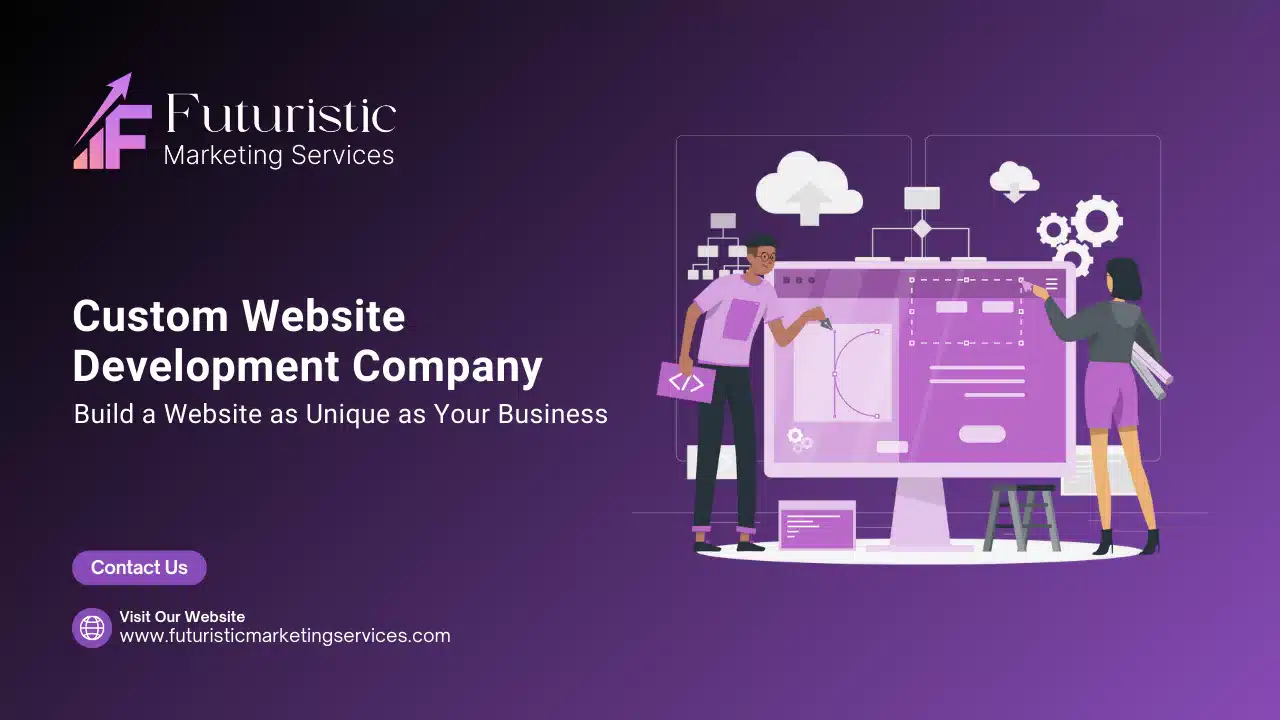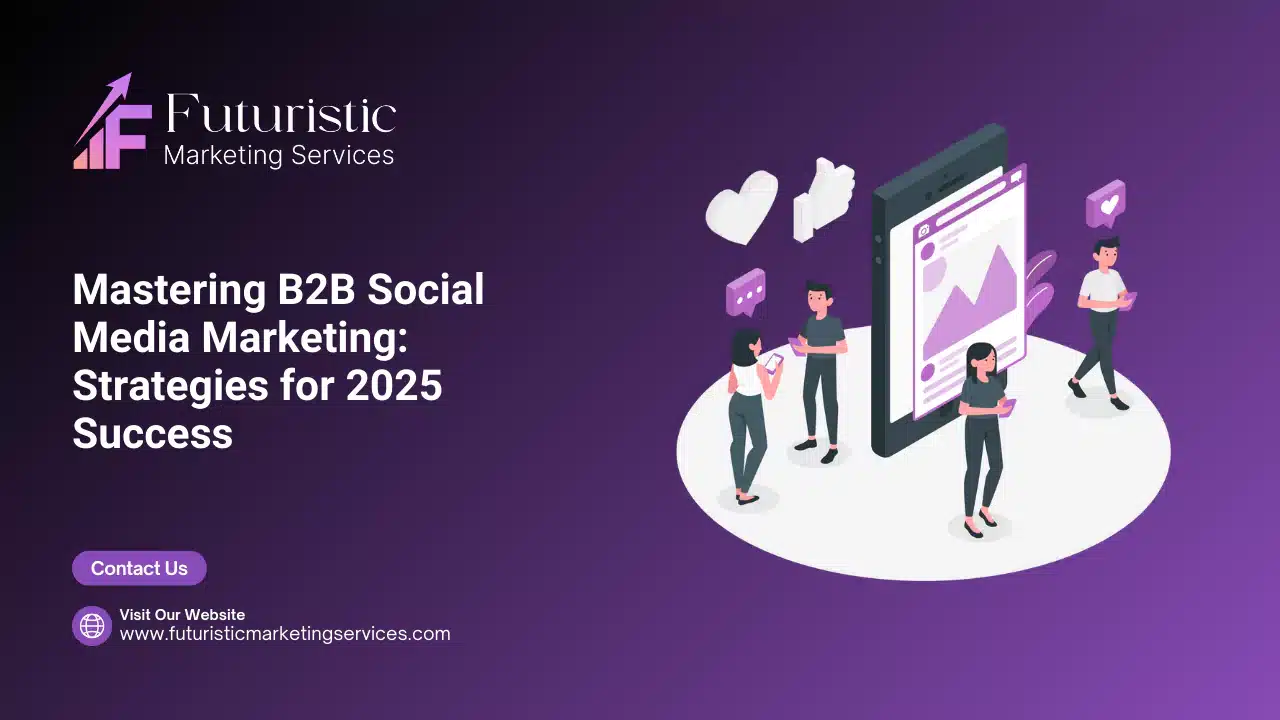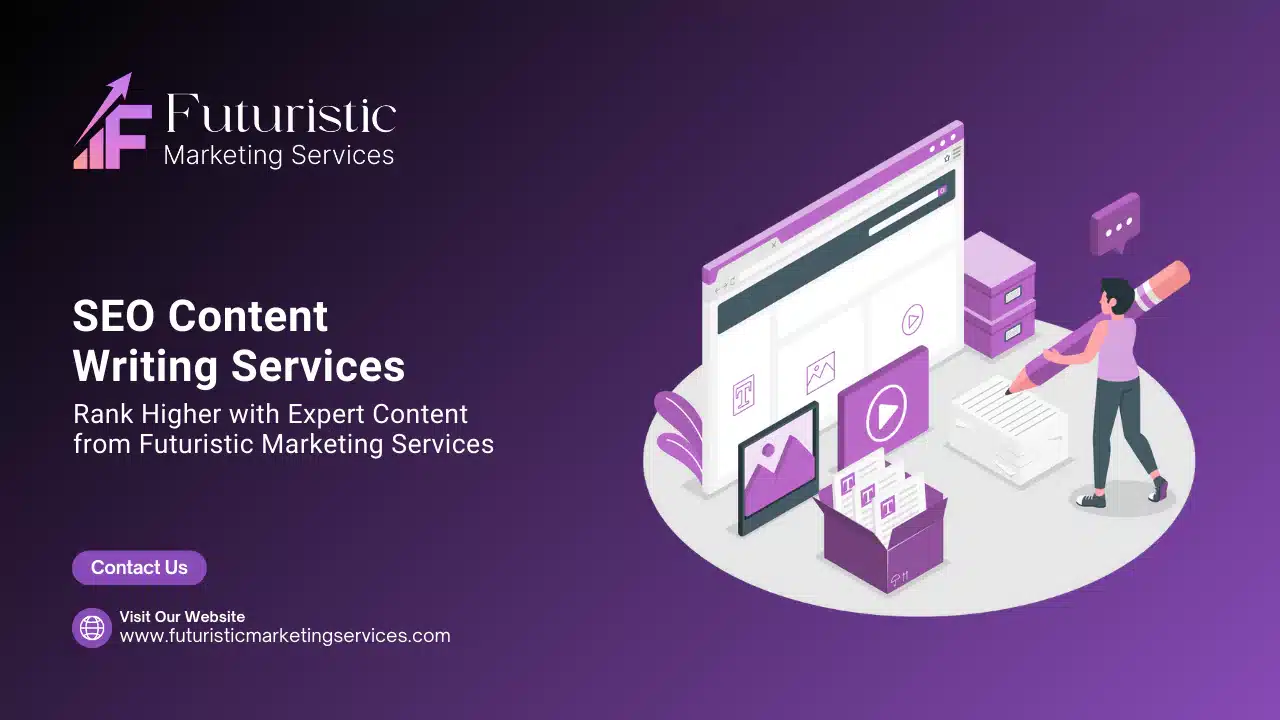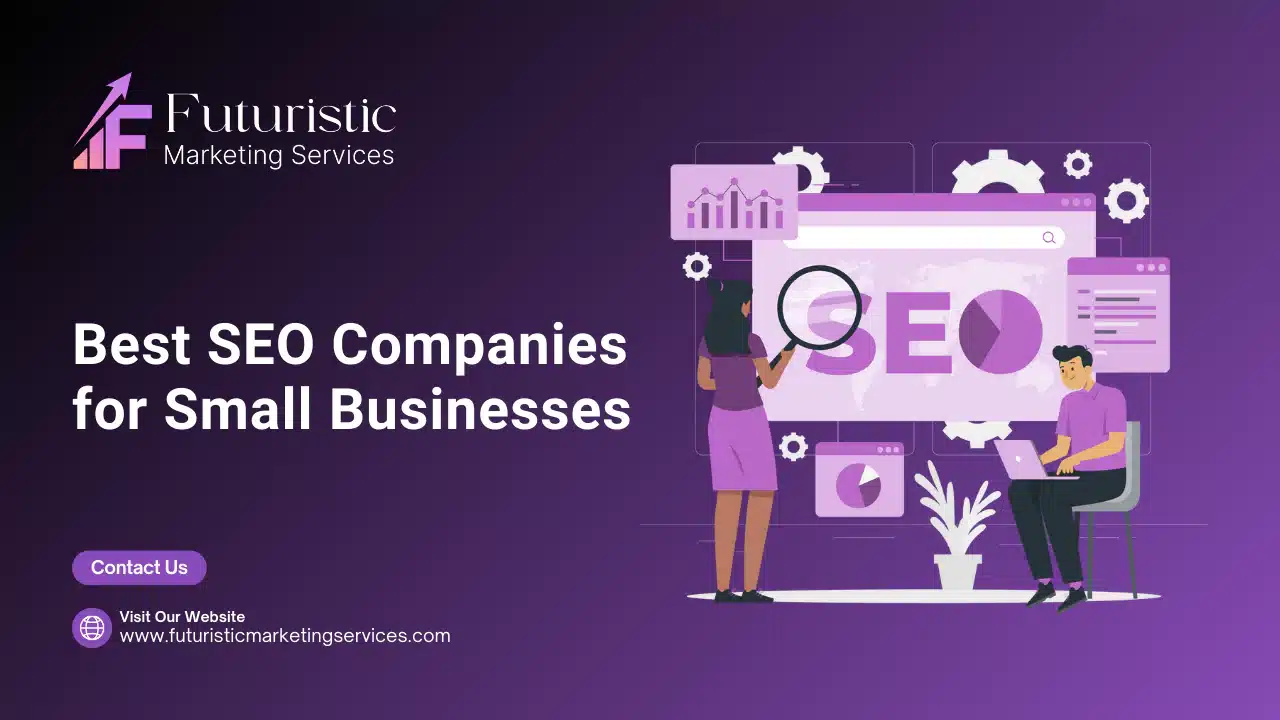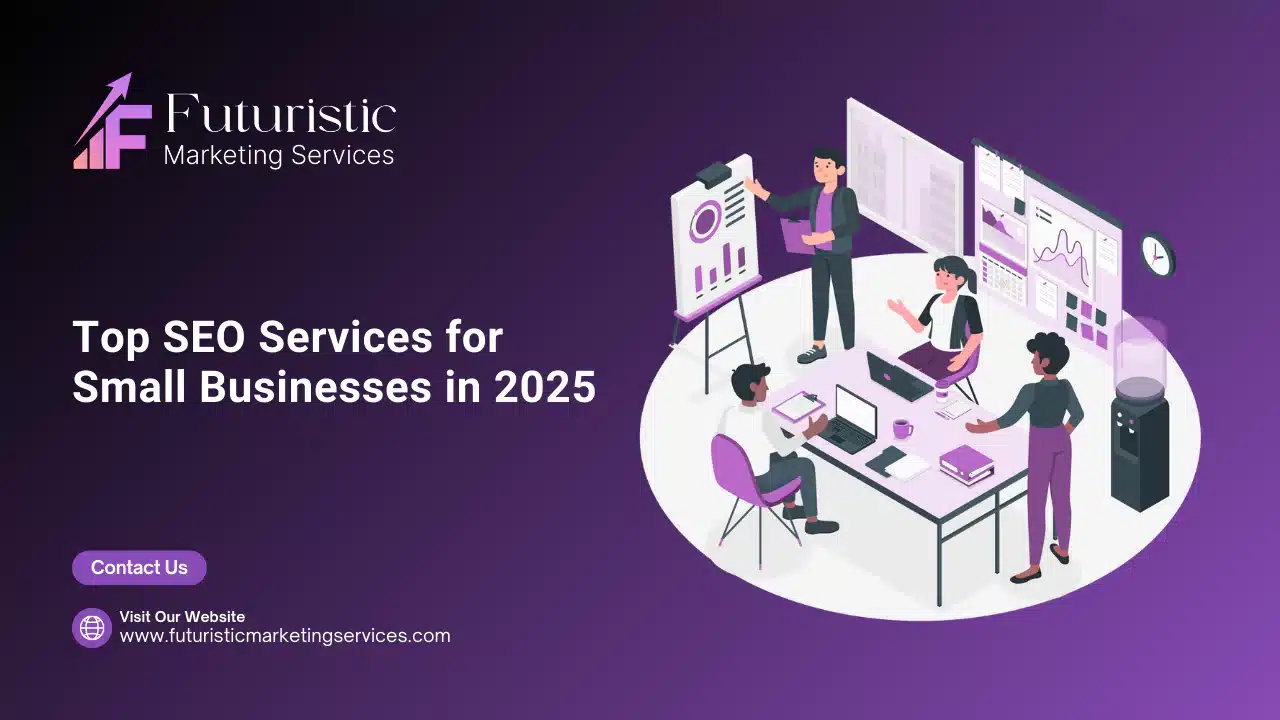Meta ads are a game-changer in the digital marketing world. Whether you’re new to advertising or a seasoned marketer, understanding how meta ads work can elevate your campaigns to new heights. In this guide, we’ll break down the meaning of meta ads, their types, benefits, best practices, and much more. By the end of this blog, you’ll be ready to craft high-performing meta ads for your business.
What Are Meta Ads?
Meta ads refer to advertisements managed and optimized by a platform’s algorithm to achieve specific objectives like better targeting and higher engagement. These ads appear on platforms like Facebook, Instagram, or Google, where user data is leveraged to personalize ad delivery.
Key Features of Meta Ads:
- Highly Targeted: Ads are tailored to reach specific audiences.
- Dynamic Optimization: Automated adjustments based on performance data.
- Diverse Formats: Includes video, carousel, static images, and more.
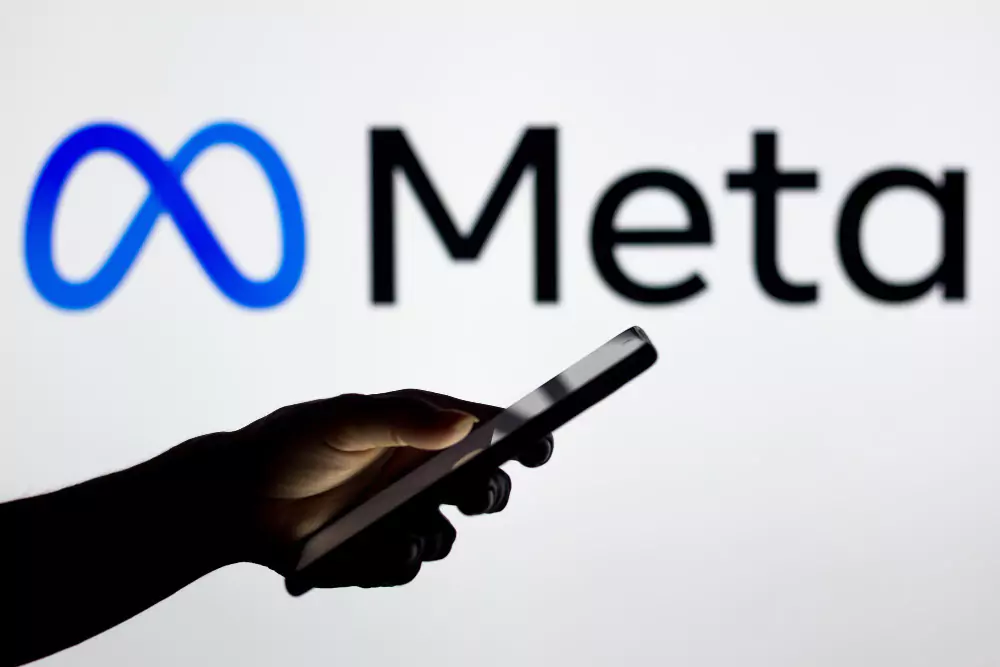
How Do Meta Ads Work?
Meta ads rely on user data such as demographics, interests, and online behavior to deliver tailored advertising experiences. Platforms like Meta (formerly Facebook) use advanced machine learning to maximize ad impact.
The Workflow:
- Ad Creation: Define objectives, audience, and budget.
- Ad Delivery: Platform algorithms optimize placement.
- Performance Tracking: Real-time data ensures better results.
Benefits of Meta Advertising
Using meta ads provides a range of advantages for businesses of all sizes. Here’s why they should be part of your marketing strategy:
Precise Targeting:
- Use filters like age, gender, location, and interests.
- Enhance conversions by reaching the right audience.
High ROI:
- Meta ads allow granular budgeting and performance tracking.
Real-Time Insights:
- Adjust campaigns based on live analytics.
Cost Efficiency:
- Pay-per-click (PPC) models minimize wasted ad spend.
Cross-Platform Reach:
- Run ads seamlessly on platforms like Instagram, Messenger, and Facebook.
For more on boosting your ROI, check out our guide on performance marketing.

Types of Meta Ads
Understanding the various formats of meta ads can help you choose the right strategy for your business.
1. Search Meta Ads
- Appear on search engines like Google or Bing.
- Optimize for keywords to match user intent.
2. Social Media Meta Ads
- Ideal for platforms like Facebook and Instagram.
- Use interactive features such as stories and carousel ads.
3. Display Meta Ads
- Focus on visuals with banners or videos.
- Great for retargeting audiences who’ve interacted with your website.
How to Create Effective Meta Ads
Follow these actionable steps to maximize your meta ad campaign performance:
- Set Clear Goals: Define whether you aim for traffic, leads, or conversions.
- Conduct Keyword Research: Tools like Google Keyword Planner can help identify trending keywords.
- Design Engaging Creatives: Use high-quality visuals and compelling copy.
- Leverage A/B Testing: Test different ad formats to identify what resonates with your audience.
- Optimize Landing Pages: Ensure your landing pages are mobile-friendly and fast-loading. Learn how to optimize pages with our SEO tips.

Best Practices for Meta Advertising
To ensure your campaigns succeed, adopt these best practices:
Use High-Quality Images:
- Compressed images under 50KB in WebP format enhance speed.
Incorporate Strong CTAs:
- Use phrases like “Learn More” or “Shop Now.”
Monitor Analytics:
- Platforms like Google Analytics help track user behavior.
Target the Right Audience:
- Refine your audience with meta platform tools.
Stay Compliant with Ad Policies:
- Regularly review guidelines to avoid ad disapproval.
Challenges in Meta Advertising
Even with its benefits, meta advertising comes with challenges:
- Ad Fatigue: Frequent repetition can reduce engagement.
- Compliance Issues: Ad disapproval due to policy violations.
- Budget Constraints: Managing limited funds effectively.
Learn how to overcome these hurdles with our digital marketing solutions.
Trends in Meta Advertising
Stay ahead by following these future trends:
- AI-Powered Optimization: Automate decisions using machine learning.
- Enhanced Personalization: Dynamic content tailored for individual users.
- Emerging Platforms: Look out for opportunities in evolving platforms like Threads and TikTok.
For more on upcoming trends, visit Marketing Trends 2024.
Conclusion
Meta advertising is the cornerstone of modern digital marketing, enabling businesses to reach their target audience efficiently. By leveraging the benefits, understanding the types, and following best practices, you can elevate your marketing efforts and drive significant results.
Ready to start your meta ad journey? Learn how Futuristic Marketing Services can help grow your business today!

